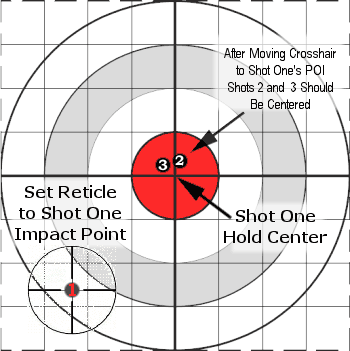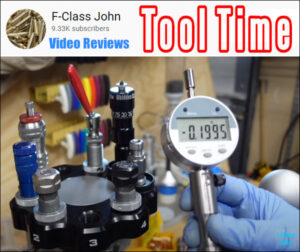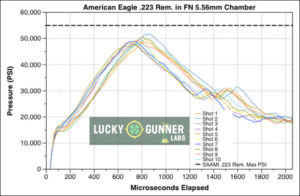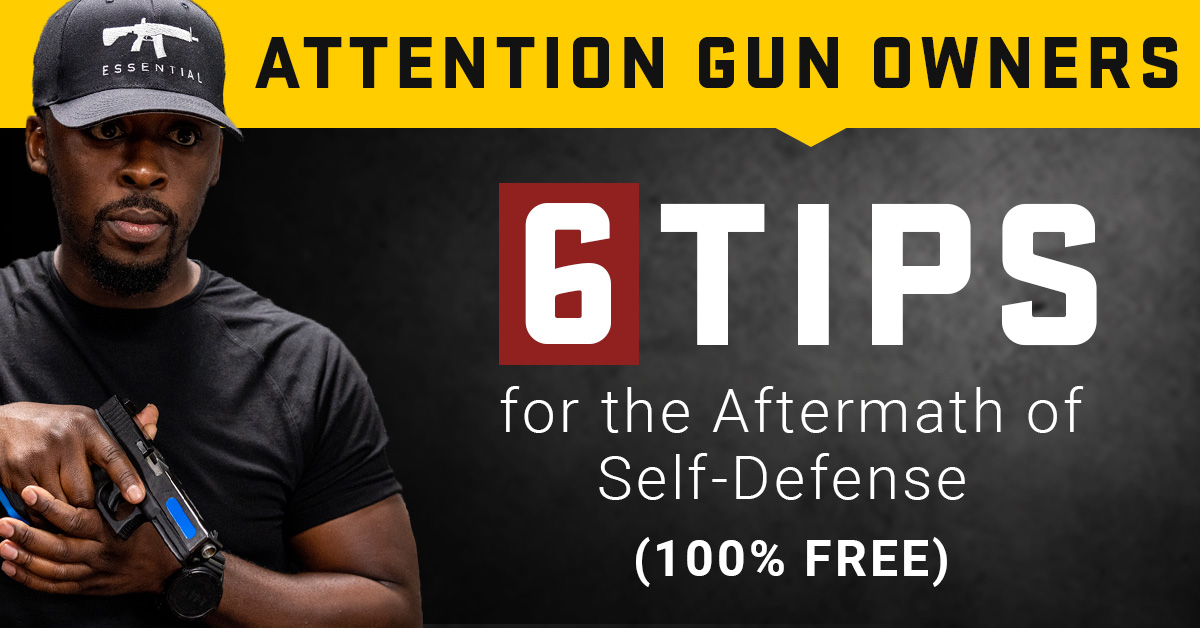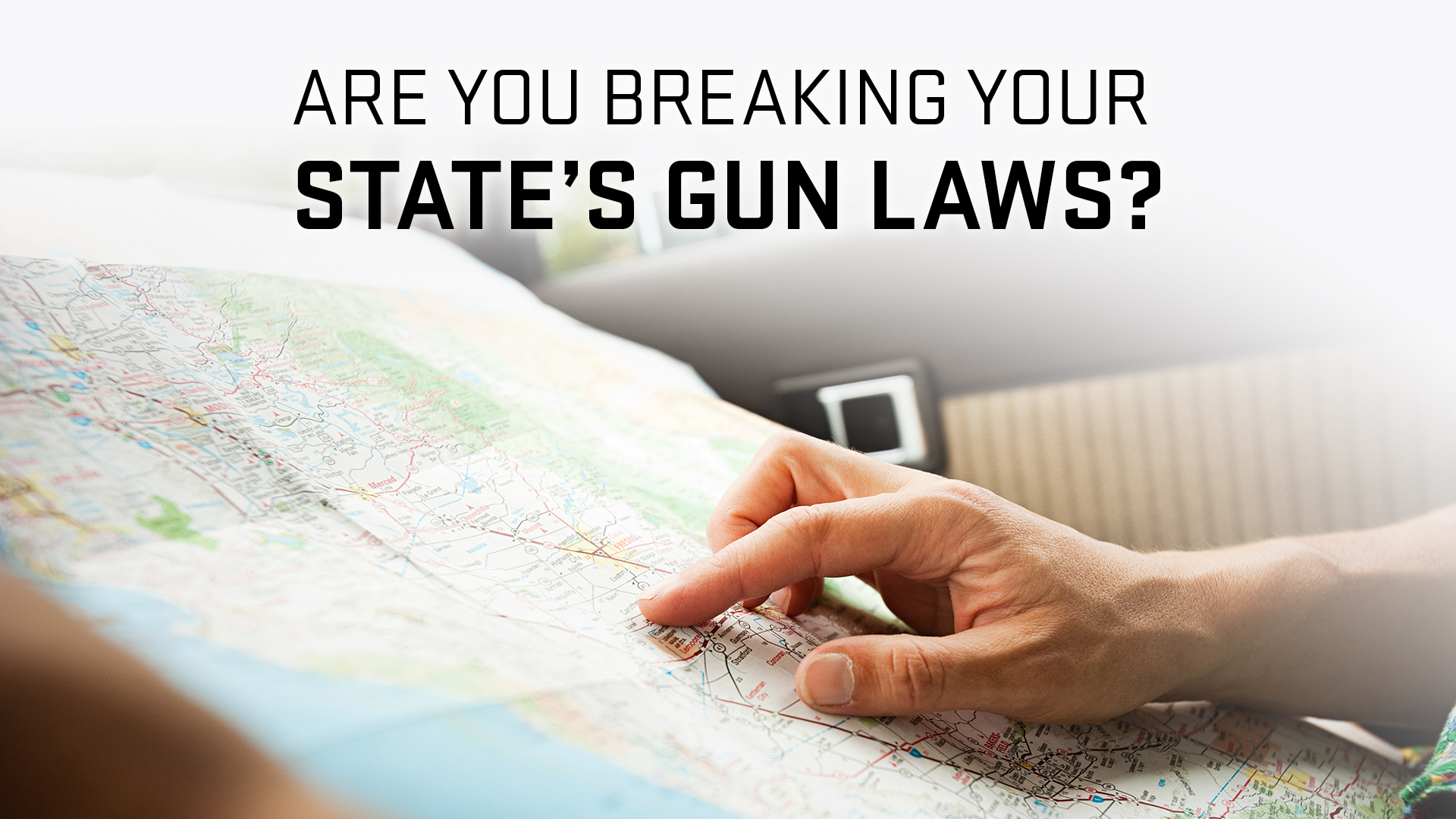September 12, 2021
Photo courtesy Vortex Optics. Hunting season is about to begin. Many readers have recently purchased new hunting rifles or used new ammo and optics. You’ll need to properly sight-in and zero any new hunting gear. Here’s how it works:
This simple procedure will give you a solid zero in four shots. You will need to fire a few more rounds before you go to your hunting grounds. However, this will allow you to get on target in a short time and with minimal ammo. This assumes that your scope is securely mounted and that the bases are not out of alignment.
QUICK TIP: Dialing to Shot One Point Of Impact (POI) is the key to this procedure. After SHOT ONE, re-aim at the target’s center. Next, move the rifle still. Use the turrets for the first shot location. You must not move your rifle while clicking.
1. First, take out the bolt and boresight. Adjust the rifle’s position so that you can see the center target by looking through the bore. To keep the rifle as boresighted, secure it in the rests. Next, move the rifle without moving the reticle. This should get you on paper. Place the rifle securely in front and rear rests or with sandbags. Next, aim at the target at your zeroing distance (50 to 100 yards). Verify that there are no obstructions within the barrel. Next, load SHOT ONE and fire it. Next, place the gun back in the same position as when you pulled the trigger. Keep the crosshair centered on your target.
2. 2.Identify the point where the first bullet hit the target. As you hold the rifle tightly so that it doesn’t move around, let a friend adjust your scope’s turrets. As you are looking through the scope, your friend can adjust the windage and elevation turbines so that the cross-hairs of the scope intersect the first bullet hole. The turrets can be used to move the center reticle to shot number 1. Important: Do not move the rifle, dial the crosshairs to the hole.
Watch NSSF Zeroing Video to see how to move reticle from Shot 1 Point of Impact.
3. After you have adjusted the turrets now aim the rifle so that the cross-hairs are positioned on the target center. Your sandbag or rest should keep the rifle supported. The SECOND SHOT is taken. The bullet should now strike the target’s center.
4. To confirm your zero, take a THIRD SHOT. Make sure the cross-hairs are aligned in center of target. As needed, make minor adjustments to the windage or elevation.
5. 5. Finally, shoot the rifle using a field rest (shooting sticks or bipods, or a rucksack), just like you would when hunting. With SHOT FOUR, confirm that your zero remains the same. There may be slight adjustments. Some rifles, especially those with flexible fore-arms, have a different POI (points of impact) when fired from either a bipod or the ruck than from a sandbag rest.
Do not rush the process
Bruce, a reader, reminds us to not rush the process. Hunting rifles require a cold zero. A cold barrel is essential for those who go on a walk in weeds to get that freezer-fill with a hat rack. Bambi won’t be around to watch you fire up the warming shots.
Fouling Shots and Cold Bore Conditions
You may need to fire a few fouling shots if your rifle has been cleaned recently. Keep in mind that the cold bore conditions you will experience while hunting are what you want to replicate. After three fouling shots, set your zero and make sure that the bore is in the same condition when you go out hunting.
Similar Posts
Tags: Hunting season, Quick Sight-In Procedure, Rifle Zero, Scope Zeroing, Sight-in, Vortex Optics
